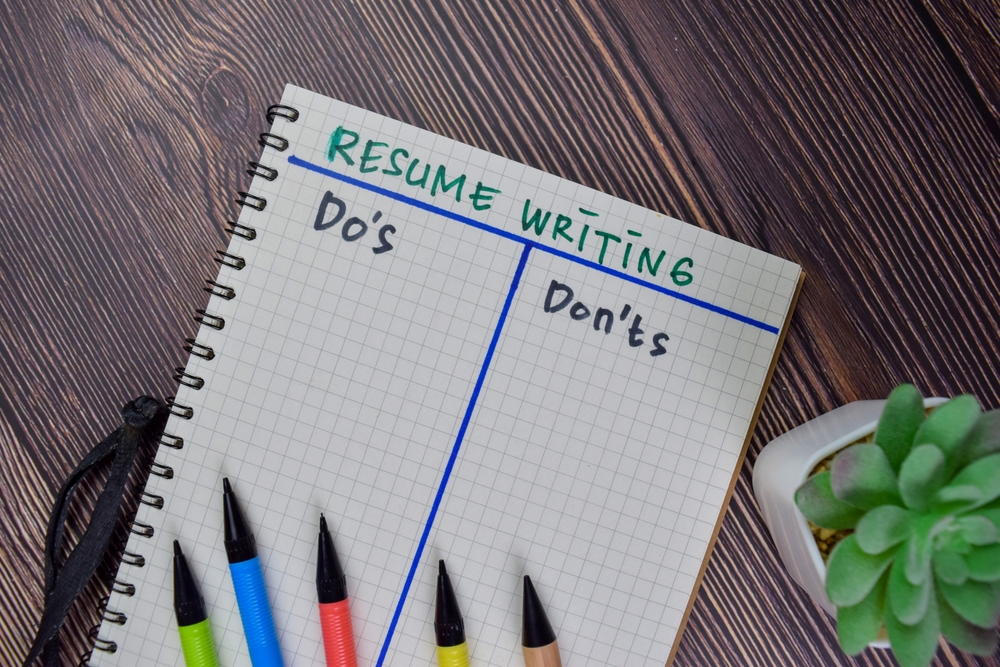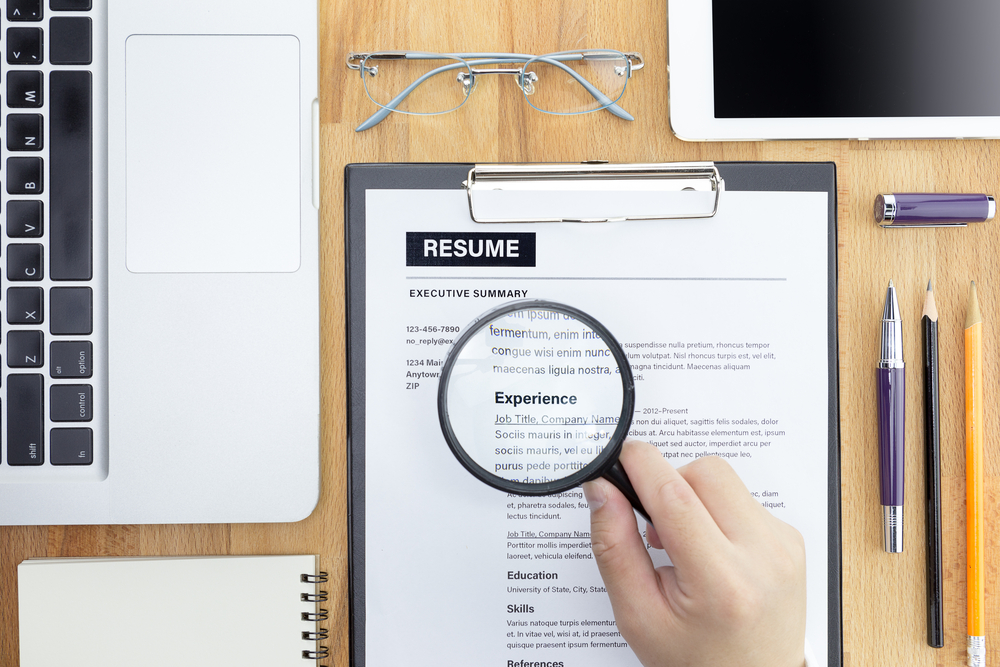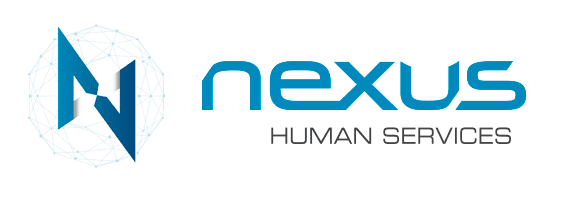
How to Create the Perfect Resume as a Person with a Disability
Tips for Writing Your Resume
1. Use a Clear Structure and Professional Format
Choose a simple, clean layout for your resume to enhance readability. A professional appearance ensures that your skills are the primary focus. Here’s how to structure your resume for better readability: Have a clean layout using legible fonts and plenty of white space for easy reading. Start your resume with a concise objective that highlights relevant skills and career goals. This can be placed on the side of your resume or below your name. List relevant work experience and skills in bullet points for clarity. Avoid jargon and complex sentences to ensure your resume can easily be understood.
2. Tailor Your Resume for Each Job Application
Customise your resume for the specific role you’re applying for. This shows that you understand the requirements and have the relevant skills needed. You can also highlight your experiences that align with the job description to help you stand out to employers.
3. Include Relevant Keywords
Many companies use applicant tracking systems to screen resumes. By incorporating industry-specific keywords, you can increase the chances of your resume being noticed.
4. Highlight Achievements with Metrics
Whenever possible, quantify your accomplishments with specific numbers or results. This provides concrete evidence of your impact and demonstrates your value to potential employers.
5. Include a Summary Statement
Write a brief summary of your skills and career goals at the top of your resume. This section sets the tone for your application and gives employers a quick overview of your strengths.
6. Be Honest About Your Experience
State your work history including any gaps due to your disability. This builds trust and shows that you’re willing to discuss your journey.

7. Highlight Transferable Skills You Have
Skills such as communication, teamwork, and problem-solving, are valuable across different roles. Highlighting your transferable skills can help broaden your appeal to various employers.
8. Consider Including an Accommodations Statement
A job accommodation is an adjustment to a job or work environment that makes it possible for a person with a disability to perform their job duties. If this is relevant to your application, include a brief statement about your need for specific accommodations to show that you are proactive. This transparency can also facilitate discussions on how you can perform optimally in the workplace.
9. Seek Feedback from Trusted Sources
Having someone review your resume can provide valuable insights and identify any areas for improvement. By receiving constructive feedback, your resume can effectively convey your qualifications.
10. Be Prepared to Discuss Your Disability
While your resume focuses on your skills, it helps to be ready in the event the role requires you to address your disability in your interviews. Framing your experiences positively can demonstrate resilience and adaptability.
11. Keep It Updated
Regularly updating your resume to reflect new skills, experiences, and accomplishments ensures you’re prepared for new opportunities as they arise.
By following these tips, you can create a powerful resume that reflects your strengths and showcases your ability to succeed in the workplace.

What You Should Not Do in Writing a Resume
1. Avoid Unnecessary Personal Information
Details such as your marital status or a photo are typically irrelevant. Instead, focus on your skills and experiences that are relevant to the job.
2. Don’t Use an Unprofessional Email Address
An email address that is overly casual or unprofessional can create a poor first impression. Opt for a simple combination of your name to maintain professionalism.
3. Steer Clear of Long Paragraphs
Long blocks of text can be overwhelming and difficult to read. Use bullet points and shorten sentences to break up information and enhance readability.
4. Don’t Exaggerate or Lie About Your Experience
Being dishonest about your qualifications can backfire, especially during interviews. Presenting your true experiences and skills builds trust with potential employers.

How Can You Explain the Gaps in Employment Due to Disability?
If the role you’re applying for does not require you to disclose your disability, discussing your gaps in employment is a personal choice. And while you are not required to share details, you can acknowledge the gap and give a direct explanation as to why you needed to take time off. If you want to disclose your disability and the reasons for your gap in employment, make it evident to your recruiter or employer that your disability does not impede your performance in any way. Avoid phrases like: “I have a long-term illness/disability that makes it difficult for me to keep a job.” Sharing that you needed time off to deal with a health issue is usually enough. You can also add that you’re fully recovered and ready to take the next step in your career if you feel that’s true for you and you want to disclose it.
Highlighting any personal growth or skills gained during your time off can also help turn the employment gap into a positive talking point. This shows how you’ve overcome challenges and are prepared to excel in the role you’re applying for.
Tips for Writing a Cover Letter
1. Tailor Your Letter
Customise your cover letter for each job application, addressing the specific skills and experiences that match the job description.
2. Start with a Strong Opening
Capture the reader’s attention with a compelling introduction that highlights your enthusiasm and relevant qualifications.
3. Highlight Key Achievements
Use specific examples from your past experiences that demonstrate your skills and how they align with the company’s needs.
4. Maintain a Professional Tone
Keep your language formal yet approachable, avoiding jargon and ensuring clarity throughout the letter.
5. Conclude with a Call to Action
End by expressing your eagerness for a job interview and willingness to discuss your application further, reinforcing your enthusiasm for the role.

Overall Takeaway
Crafting a resume for a person with a disability requires careful attention to detail, focusing on strengths and experiences. By following these provided tips, your resume becomes a valuable tool for your job search and highlights your unique value in the workforce and in the community.
At Nexus, we are dedicated to helping individuals with disabilities find meaningful career opportunities that will bring them closer to their career goals. Our tailored solutions and disability employment support will help empower you and your loved ones to achieve independence and engage with communities. Register on our Disability Employment Services (DES) and let’s get you started on your journey to a fulfilling career.
FAQ
What skills to add to a resume?
When sharing your skills on the resume, highlight those that are transferable, especially if they are relevant to the role you’re applying for. Examples of these skills are teamwork, time management and communication skills. You can also include your proficiency in assistive technologies, relevant certifications, industry knowledge, and any unique perspectives that enhance your ability to contribute effectively in diverse environments.
